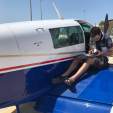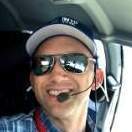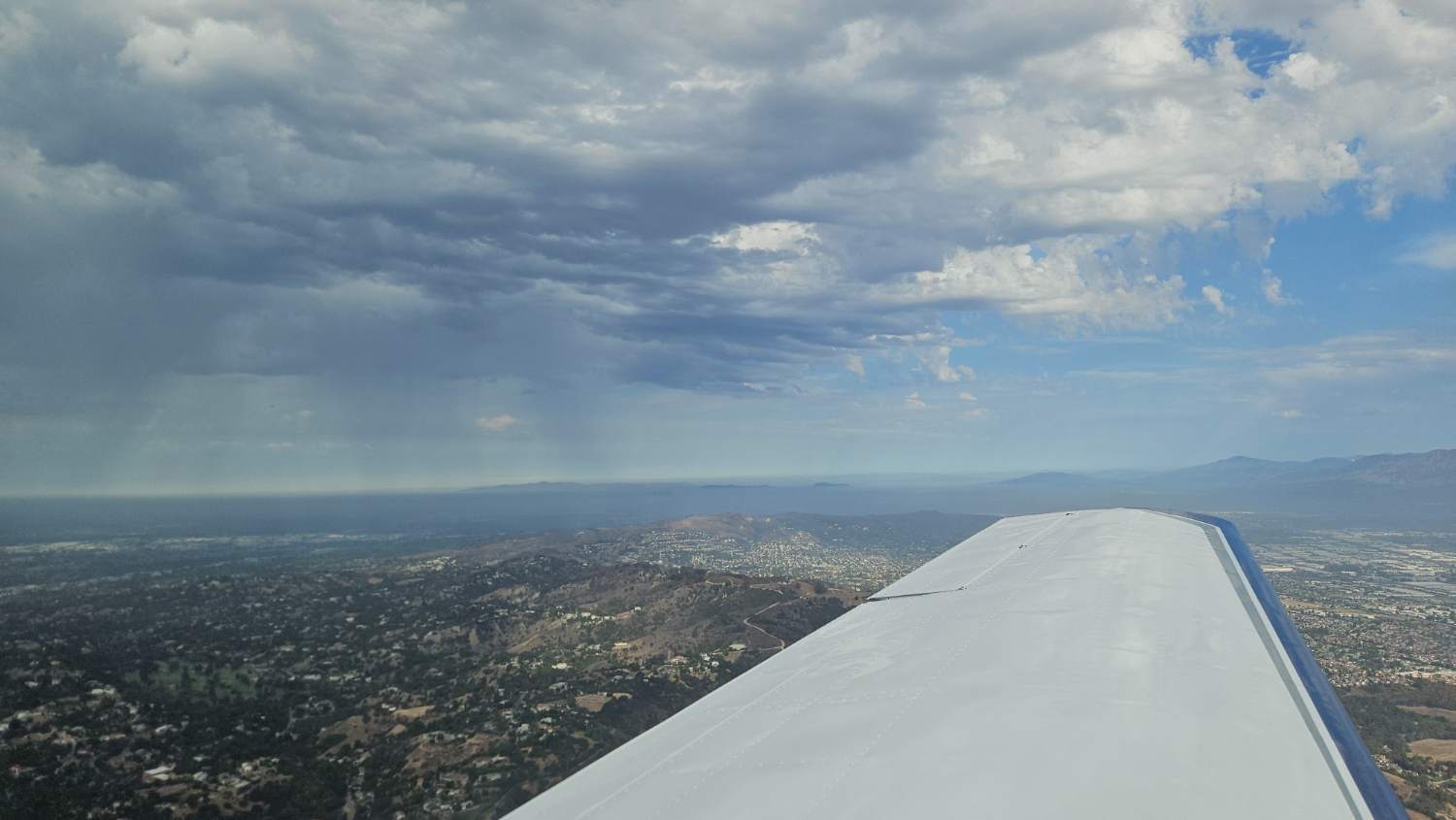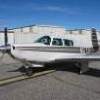All Activity
- Past hour
-
About 12-18 months for reapplication depending on exposure. Nothing in between. I use waterless cleaner about three times a year, the belly about eight times a year. The first time I used it, I did my own cut and buff. I didn’t really try to get every swirl or imperfection out. I did hit scratches and oxidized areas. This product applies like rain-x. It has a slight haze that you wipe on, and then off a few minutes later when dry, with little effort. Water beads like fresh wax, bugs come off easier and it seems to attract less dust/dirt via static cling. It just seems to stay cleaner and be easier to clean.
-
Thanks for the pirep. Empirical evidenc from user is better than reviews of unknwon origin. How often do you reapply this and what products do you usually use in between applications to wash the plane?
-
https://planeperfect.us/products/clear-coat-finishing-spray-reload this is what I usually buy. They have changed the configuration. it used to be two of these small bottles for $35. Looks like it’s $20 a bottle now. each bottle will do two planes, or a plane and a car if you can do them at the same time. the solution cures in a few days in the bottle, once mixed, and becomes un-useable. between the price and the ease of use, I feel like it’s a great value.
- Yesterday
-
Plane Perfect makes a number of products. Which one are you referring to? https://planeperfect.us/collections/exterior
-
I understand there are lot of these that are generated on-the-fly and used behind scenes for "auto-land" equipped aircraft, they support 3D path and you get en-route NAV with en-route VNAV followed by LNAV+V on short final, including to non-precision runways ! Obviously, for auto-land the algorithm is more likely to stay out of challenging places like Aspen or Bravo airports The "Visual Approch" are generated on-the-fly and checked against database obstacles otherwise you don't get +V It seems "Visual Guided Approch" are somehow pre-coded in database (rather than generated on-the-fly), maybe they involve some quality checks or flight validation? I hope people understand that these need visual approach conditions? The naming convention are confusing, it's awful: they look like proper plates GPS RNP procedures, except "G" being added? I wonder what kind of checks are done on glide from "Visual Guided App" against airspace or terrain? and if some of the segments implement "radius to fix" legs? does "Visual Guided App" require up to date terrain and obstacle database? or valid terrain and obstacles data?
-
Back when the first GPS came out, I *believe* you could only shoot the Approach if it actually said VOR (GPS) in the title (that's the way we were taught and what was told in all the FAA seminars I attended). You've zeroed in on some changes over the years and pointed out you're good to shoot the approach using the GPS as your primary source IF the VOR is being MONITORED. You can't just have a VOR in the plane.
-
Plane perfect is a product I have been using for several years. It is 35 bucks a batch which realistically could do my Mooney twice. however, once you mix it you have limited time to use it before it crystallizes in the bottle. it’s basically wipe on, wipe off, no real effort and produces fantastic results. I don’t know what it is, what is in it, or how it works.. what I can tell you is once the plane is clean it takes about 30 minutes to apply, and the water beads off like fresh rain-x for about a year or so. it won’t address paint corrections or swirls and scratches, but I guarantee it will move your paints appearance by several degrees at a minimum , regardless of the condition. I have no financial interest or connection to the product. I only know that I am thrilled with the cost to value.
-
@IvanP I couldn't agree more with your post. I'm getting old enough to be pretty cynical about 'miracle' coatings having seen many different 'miracles' touted over the decades I've been detailing my vehicles. Frankly, like getting a good paint job in the first place, it's the quality of surface preparation that results in a superior finished look. As far as longevity, I've had the best luck with hand applied pastes/waxes vs. 'spray on' or thin/watery 'coatings' IMHO, longevity is largely/mostly a result of coating thickness, more than what 'miracle' material is employed. Sure, technology has improved UV resistance, but thickness matters
-
Needed to get a flight in today to keep my streak going for flying every week. Today was week 49, just three more to go to hit my goal of 52 weeks. Short hop from FUL to POC for some breakfast in between some small cells pushing through the area.
-
OK, maybe it isn't what you were expecting but it is still accurately described. Glad I was in a car... Coincidentally I took the Piper rental up to Great Barrington, MA today. Great Bearington... Ha....
-
It would be interesting to see some peer-reviewed articles in reputable scientific publications ragarding the science behind these various coating products, ragarless of whether we call them ceramic, polymer, or something else. Cursory search does not really bring up anything but various blogs and websites that try to sell consumer on their products, many containg dubious claims about protective properties of these products, e.g., "ceramic" coating will prevent rock chips and scratches v. polymer coatings will not, etc. (I do not think that either product will prevent the paint from being damaged when you get a rock flying at you at 70mph on the highway). Interestingly, none of the articles that I was able to find expressed any concerns about the underlying paint, except for the common sense preparation of teh surface prior to aplication. What I saw were broad claims that appear to apply to all paints equally, regardless of the many differences between various paint systems used on aircraft and automobiles.. Installer and seller sites typically do not mention anything about the different paints. Do these magical products bond to all paints equally and form an impenetrable shield against elements or are we just being sold a very expensive snake oil? I tried some high-end waxes on my cars in the past, but the differences between wax/polish systems in the $50-100 range and the expensive stuff around $500 or more did not seem to be significant. These "ceramic" coating products have been on the market for a while now. I am curious why do car manufacturers not apply these on factory new cars - if it is such a magic bullet, having that as an option could be worth it.
-
Paul Bertorelli on the state of aviation journalism
1980Mooney replied to toto's topic in Miscellaneous Aviation Talk
More flashy pictures of "Destinations". Both former Aviation Safety and IFR (discontinued and "consolidated into" the Flying edition) have been dumbed down to 2 pages each comprised of 3 print columns each when you exclude the pictures. I would say that the articles are becoming more like "a mile wide and an inch deep". Look at the latest August issue: Aviation Safety article - "Diverting From The Plan" - 1/2 page is devoted to "Automation makes this a lot easier" IFR - "Single Engine Risks" - 3 print columns "touches on" night, mountain, IMC, weather, ATC... Key takeaway - "altitude is your best friend (except if you are on fire...)" And the last paragraph "Wrapping Up" is "Consider loading up the right seat with a pilot pal who can constantly scan for suitable areas for putting the aircraft down while you fly."... Duh. But then isn't all of aviation becoming this? More and more data integration and automation like the latest Dynamic Procedures from Garmin and Foreflight. It is all designed to create more "situational awareness". True it does - but it can also make pilots more lazy and dependent upon automation. Why wrack your brain visualizing how everything is laid out or should line up. Why spend much time briefing for a flight any more? These automated/integrated avionics and tablets will deliver everything you need. Just follow the magenta line.... -
Today coming back from Portland (Troutdale) I was about 202 knots then I increased power and got up to 213 knots. at 11,500' MSL
-
mooney_flyer started following What power setting do you use?
-
BAS is parting out Bravo with the newer fiberglass interior, unique opportunity to buy all the parts in one shot, cant hurt to call them to see what is still there
-
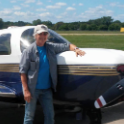
Urgent Notice: New Members PLEASE READ!
midlifeflyer replied to mooniac58's topic in General Mooney Talk
Thank you for saying that. You expressed it much more kindly than I would have. -

Garmin Guided Visual Approaches?
midlifeflyer replied to Rick Junkin's topic in Avionics/Panel Discussion
WAG: the 30 airports are the only 30 airports which need it. The clue for me is that they're using Aspen as the example. If you look at the instrument approaches at Aspen, the MDAs are over 2,000 AGL (not MSL) . There is no vertical guidance for the rest of the way down. And I think this is what these new approach types are an attempt to do - provide some level of visual guidance with target altitudes for a stabilized approach in these situations. I suspect the value will be to those pilots who fly into those types of airports. -
I don't think that's odd. In part, the limitations of your equipment controls. Or A company's operations manual may require green needles on the CDI when flying those approaches. But aside from that, Examiners and check pilots may want a demonstration of flying green needles. That seems to be fairly common for VOR radial interception tasks on instrument check rides. Personally, if I have a pilot fly a VOR approach for an IPC, I insist on green needles on the CDI. My reasoning is, the only time a pilot might ever fly a VOR approach in real life is during a GPS failure. I often see problems with with pilots who are used to flying GPS forgetting that VOR needles don't auto slew. You have to tune, identify, and twist.
-
Rick Junkin started following Garmin Guided Visual Approaches?
-
Has anyone used these or know anything more about them? These are different than the visual runway guidance that had been previously available. It's a $200 premium on top of the normal nav database, and according to this video there are only 30 some airports for which Garmin has developed these "approaches".
-
I have available: Used Bendix S6LSC-25P Magneto - Last overhauled 2/13/2020. Installed at 674.15 Tach Time, pulled at 1085.1 Tach Time in good working order. Log entries available upon request - $250. https://photos.app.goo.gl/hWjjWCVEHBecmepT8 Right side PowerUp KA12778 Slick style harness. Brand new - $400. https://photos.app.goo.gl/GLuc9eyx5pvQRfT76 Left side TCM Harness 10-421674-3. Brand new - $350. https://photos.app.goo.gl/SdSoNSXDQka6mBde8 3/4 size plugs. Items were relevant to a TSIO-360-MB2B on an M20K. I'll cover shipping anywhere in the lower 48 US.
-
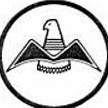
Urgent Notice: New Members PLEASE READ!
Shadrach replied to mooniac58's topic in General Mooney Talk
Wow...maybe look closer at that Ad before you start throwing around accusations of degeneracy...I mean as a software engineer, I would expect you to know better. It is clearly a clickbait Ad that takes the user to one of those 15 page narratives that keeps you going to the next page so that the site owner can rack up clicks. It is not related to porn or sex except for the initial "shock graphic" ; anyone hoping for more with a click would be sorely disappointed. Agree that the pornification of society is a massive drain... -
Yeah, usually a mallet was all you needed
-

Paul Bertorelli on the state of aviation journalism
N201MKTurbo replied to toto's topic in Miscellaneous Aviation Talk
I subscribed to Aviation Consumer in 1984. I kept every issue until a couple of years ago and finally pitched them. I stopped renewing a couple of years ago. -
captainsniz joined the community
-

The M20F Performance Benchmark thread.
Shadrach replied to Shadrach's topic in Vintage Mooneys (pre-J models)
This thread has primarily focused on climb data up until this point. I have had occasion to do a lot of out and back, same day cross county flights this summer. I have been tracking block speeds using ADSB data. This is from first to last ADSB return so initial climb, pattern work and ATC vectoring and restrictions are all included. My average block speed over 11 flights and 4,281nm is 145.1kts. The slowest roundtrip block speed was 137.93kts on a 120nm trip and the fastest was 153.5kts on a 307nm round trip. Which makes sense for obvious reasons. My true airspeeds are typically between 150 and 155kts. What I think would surprise most folks is how little speed penalty I pay for LOP ops at high manifold pressure, which is to say almost none at MP between 26 and 30 inches. I can run >150KTS down low around LOP and ~10.8gph or I can run >150kts at 8,500 at ROP and ~10.5GPH. Fuel burn numbers are interpolated. I don't have a high level of confidence in the precision of my FF numbers yet. -

Paul Bertorelli on the state of aviation journalism
Rick Junkin replied to toto's topic in Miscellaneous Aviation Talk
I have to wonder what customer base they are targeting. Someone must still be subscribing, right? I do miss the Belvoir publications.





